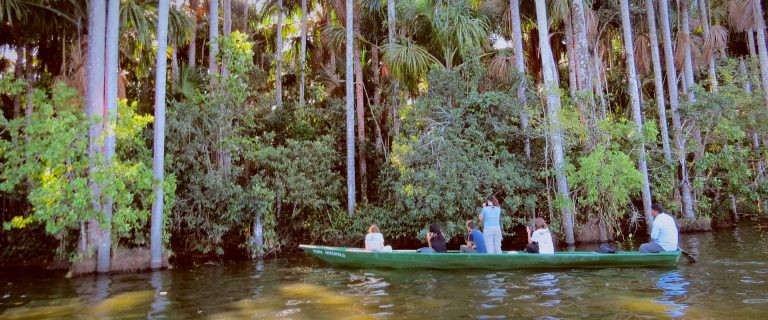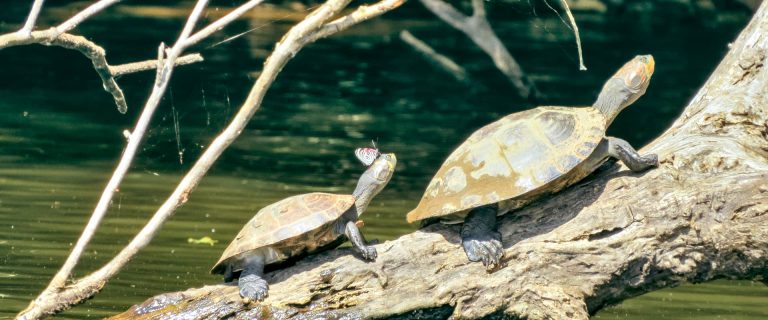This lodge is located east of the Manu River on the north bank of the Madre de Dios River and offers the Amazon’s finest, in-depth wildlife safari. The lodge is famous for its abundant and varied wildlife, with its own Tapir clay lick, a nearby macaw and parrot clay lick, two nearby oxbow lakes and two tall canopy viewing towers among its impressive highlights. The Lodge contains 22 double-occupancy fully screened private bungalows with hot showers, a large fully screened dining room, and a bar with hammocks for relaxing.
Manu Peru access is easier and cheaper from Cusco, is one of the most important tropical parks in the world, and was declared a “World Biosphere Reserve” by UNESCO in 1977. It is home to many different ecological zones between 4,000m (13,120ft) and 300m (984ft) above sea level. Manu harbors a unique variety of wildlife. Over 1000 species of birds, 200 species of mammals, many reptiles and 10% of all the plant species on the planet have been recorded within the park’s boundaries.


